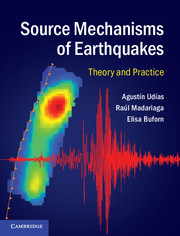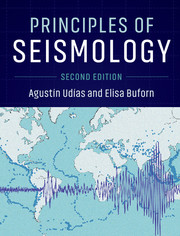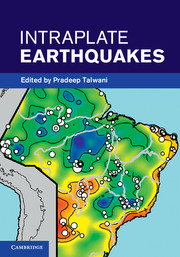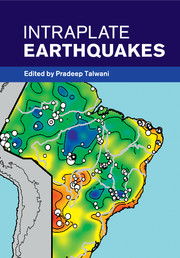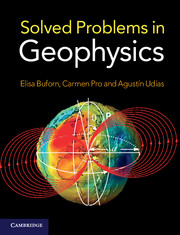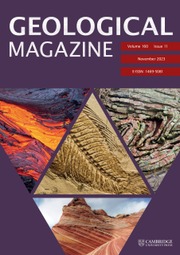Source Mechanisms of Earthquakes
This book presents an innovative new approach to studying source mechanisms of earthquakes, combining theory and observation in a unified methodology, with a key focus on the mechanics governing fault failures. It explains source mechanisms by building from fundamental concepts such as the equations of elasticity theory to more advanced problems including dislocation theory, kinematic models and fracture dynamics. The theory is presented first in student-friendly form using consistent notation throughout, and with full, detailed mathematical derivations that enable students to follow each step. Later chapters explain the widely-used practical modelling methods for source mechanism determination, linking clearly to the theoretical foundations, and highlighting the processing of digital seismological data. Providing a unique balance between application techniques and theory, this is an ideal guide for graduate students and researchers in seismology, tectonophysics, geodynamics and geomechanics, and a valuable practical resource for professionals working in seismic hazard assessment and seismic engineering.
- Presents the theory in a gradual way, building from fundamental concepts to advanced problems, enabling students to easily follow the problems and relations between them
- Practical methods are fully explained and linked to the theory on which they are based, providing students with an understanding of the relation between practice and theory
- A key focus is on cutting-edge computer methods and use of digital seismological data, giving students access to current practice in the field of seismology and to the applications and limitations of codes
Reviews & endorsements
'An excellent and timely book - the first textbook to provide such a detailed and complete overview on the theory of earthquake source mechanisms, and to combine the classical continuum mechanics approach with concepts of kinematic and dynamic rupture models. This book will become an essential reference and valuable resource for researchers, professionals and graduate students.' Professor Dr Torsten Dahm, Helmholtz Centre Potsdam, GFZ German Research Centre for Geosciences
'This is an up-to-date, comprehensive, quantitative treatment of an important topic in seismology. It is unique in that theory and data analysis are both discussed in-depth, and it covers fundamental ideas from the 1960s to the very latest developments, making it the essential text for graduate students and researchers. Along with its very complete bibliography, it will become the Bible of the subject.' Professor Shamita Das, University of Oxford
Product details
April 2014Hardback
9781107040274
311 pages
253 × 193 × 18 mm
0.83kg
154 b/w illus. 10 tables
Available
Table of Contents
- Preface
- 1. Earthquakes and fault motion
- 2. Processing and analysis of recorded seismic signals
- 3. Mathematical representation of the source
- 4. Point source models
- 5. The seismic moment tensor
- 6. Determination of point sources
- 7. Kinematic extended sources
- 8. Determination of source dimensions
- 9. Simple dynamic models
- 10. Dynamics of fractures. Homogeneous models
- 11. Dynamics of fractures. Heterogeneous models
- 12. Determination of dynamic parameters
- References
- Index.

